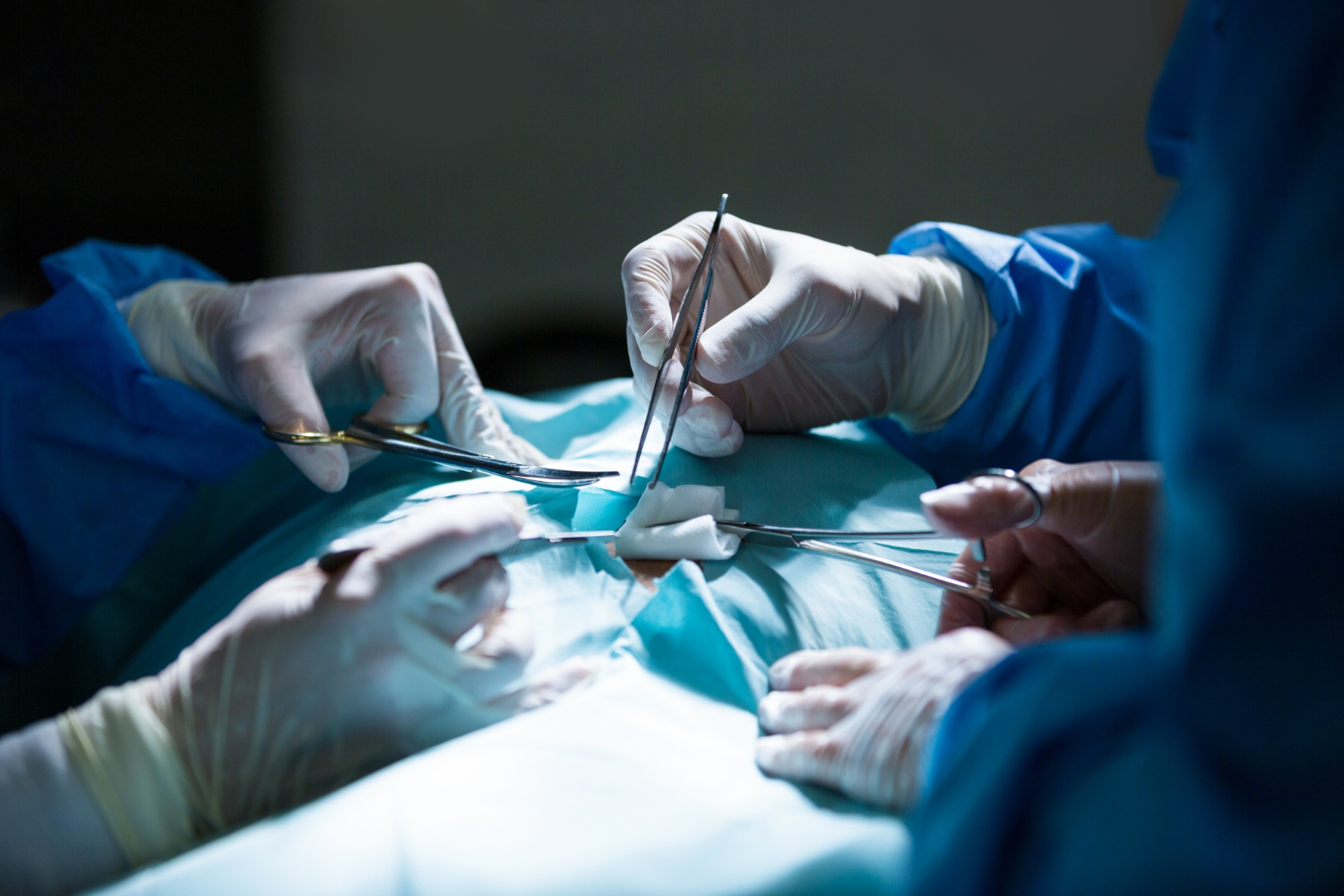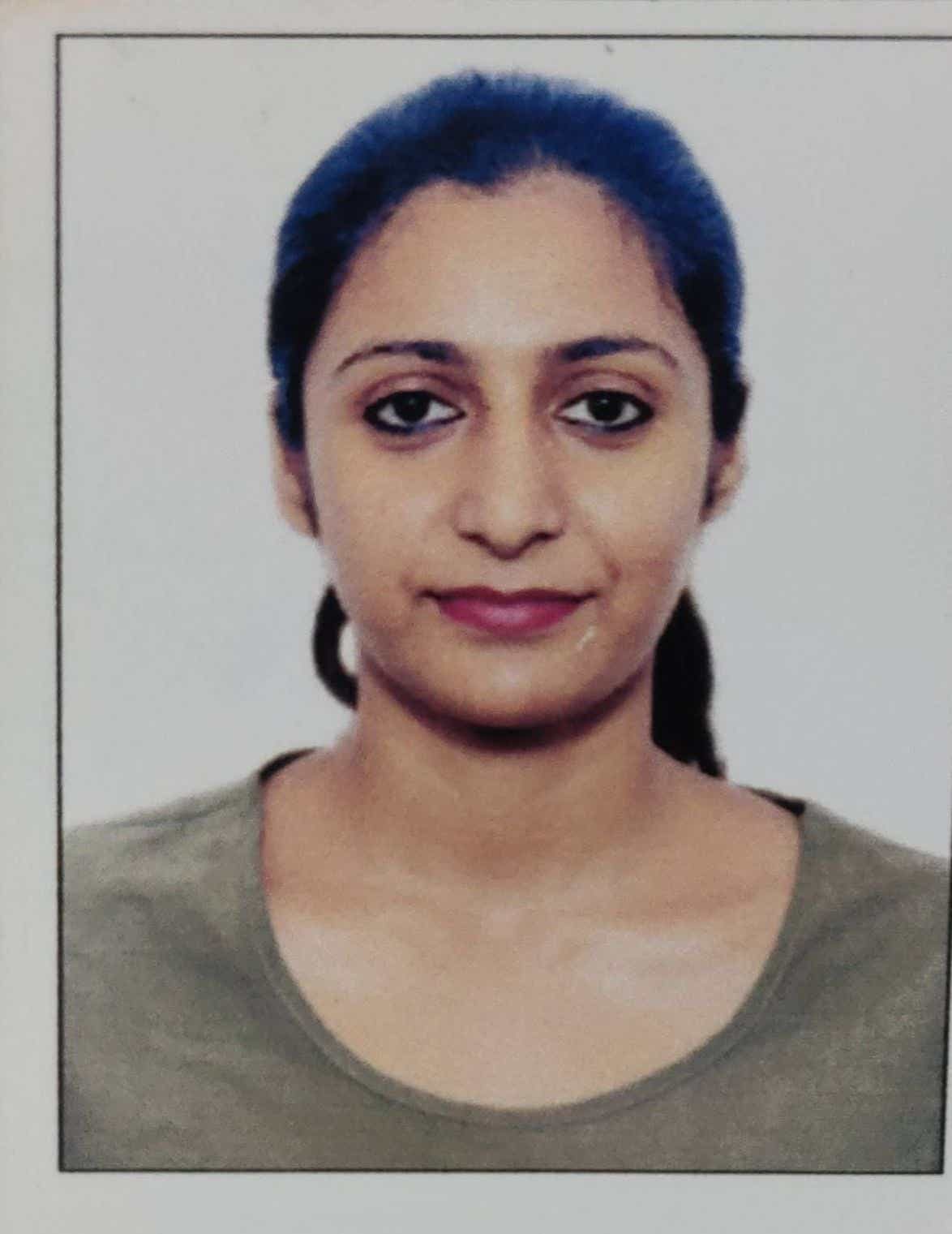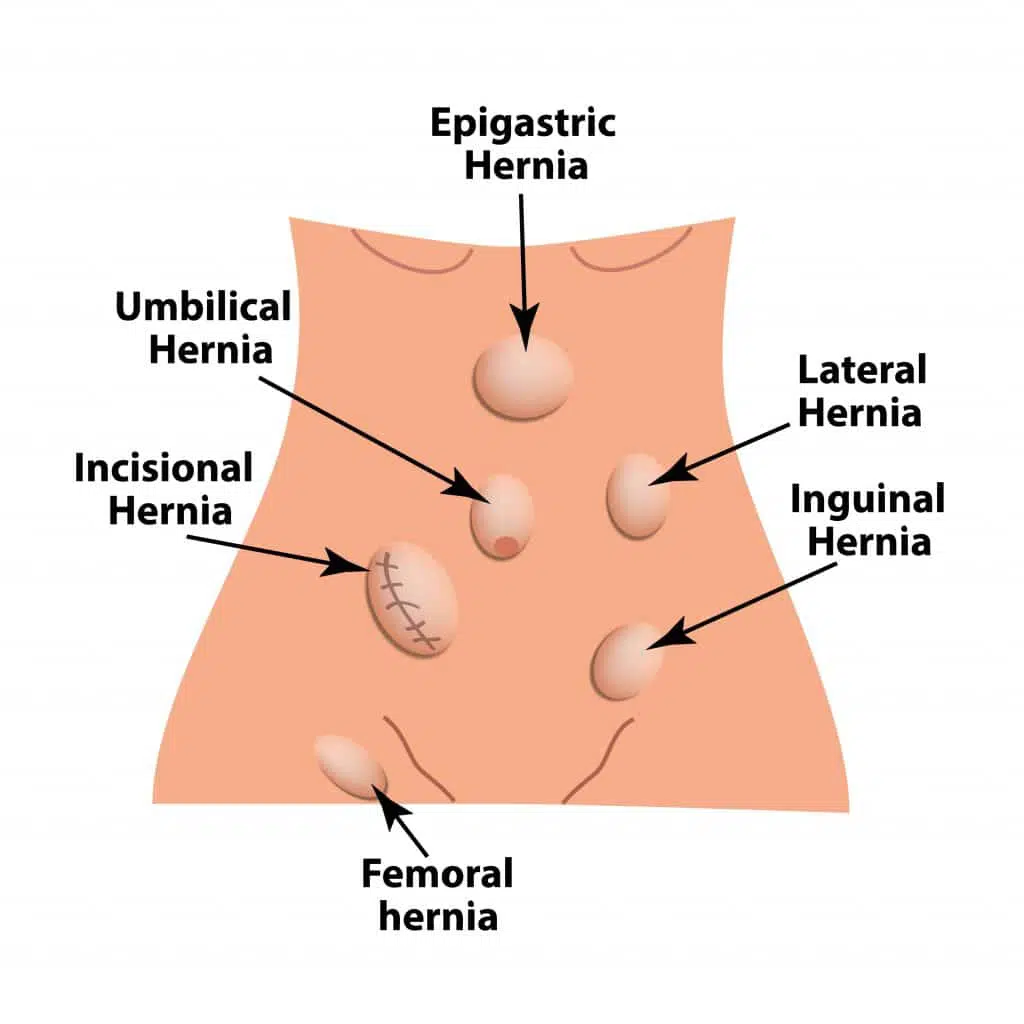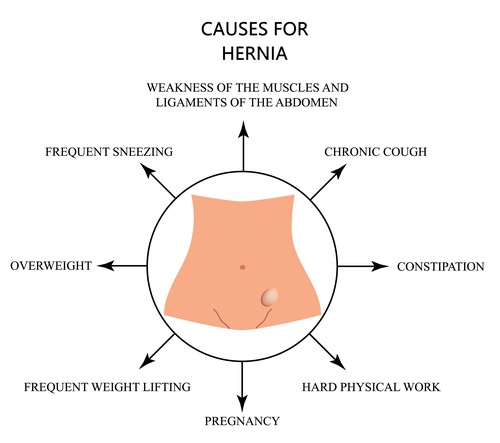Hernia Surgery Procedure performed at Lotus Hospital Faridabad
The two main types of hernia surgery offered at Lotus Hospital, Faridabad are open repair and laparoscopic (minimally invasive) repair.
Open Hernia Repair at Lotus Hospital, Faridabad
The surgeon makes an incision in the groin, moves the hernia back into the abdomen, and reinforces the muscle wall with stitches or synthetic mesh.
Laparoscopic Inguinal Hernia Repair at Lotus Hospital Faridabad
A laparoscopic (minimally invasive) hernia surgery uses a small incision into which the laparoscope is inserted. The instruments to repair the hernia are inserted through other small incisions in the lower abdomen. This procedure (Laparoscopic surgery) is usually performed under general anesthesia, so before the surgery, patient will have an evaluation of his/her general state of health. There is no or less pain during this surgery.
Benefits of laparoscopic hernia surgery include three to four tiny scars rather than one larger incision, less pain after surgery, a quicker return to work, a shorter recovery time (days instead of weeks) and lesser incidents of infection.
How to prepare for Hernia Surgery at Lotus Hospital, Faridabad?
As with most surgeries, preparation for Hernia Surgery will involve restrictions in terms of diet. To ensure a safe treatment, one will be asked to refrain from drinking water, food, or any other fluids for six hours prior to the treatment, as food present within the digestive system might lead to certain complications during the treatment.
While some drugs might be prescribed to be taken beforehand to aid the treatment, a certain number of drugs like aspirin, blood thinners, anti-inflammatory medications (arthritis medications), and Vitamin E should be avoided for up to a week before the treatment because of the various effects they can have on the body.
Preoperative preparations include medical evaluations such as blood tests, chest x-rays, and electrocardiography tests, depending on the person’s age and medical condition.







